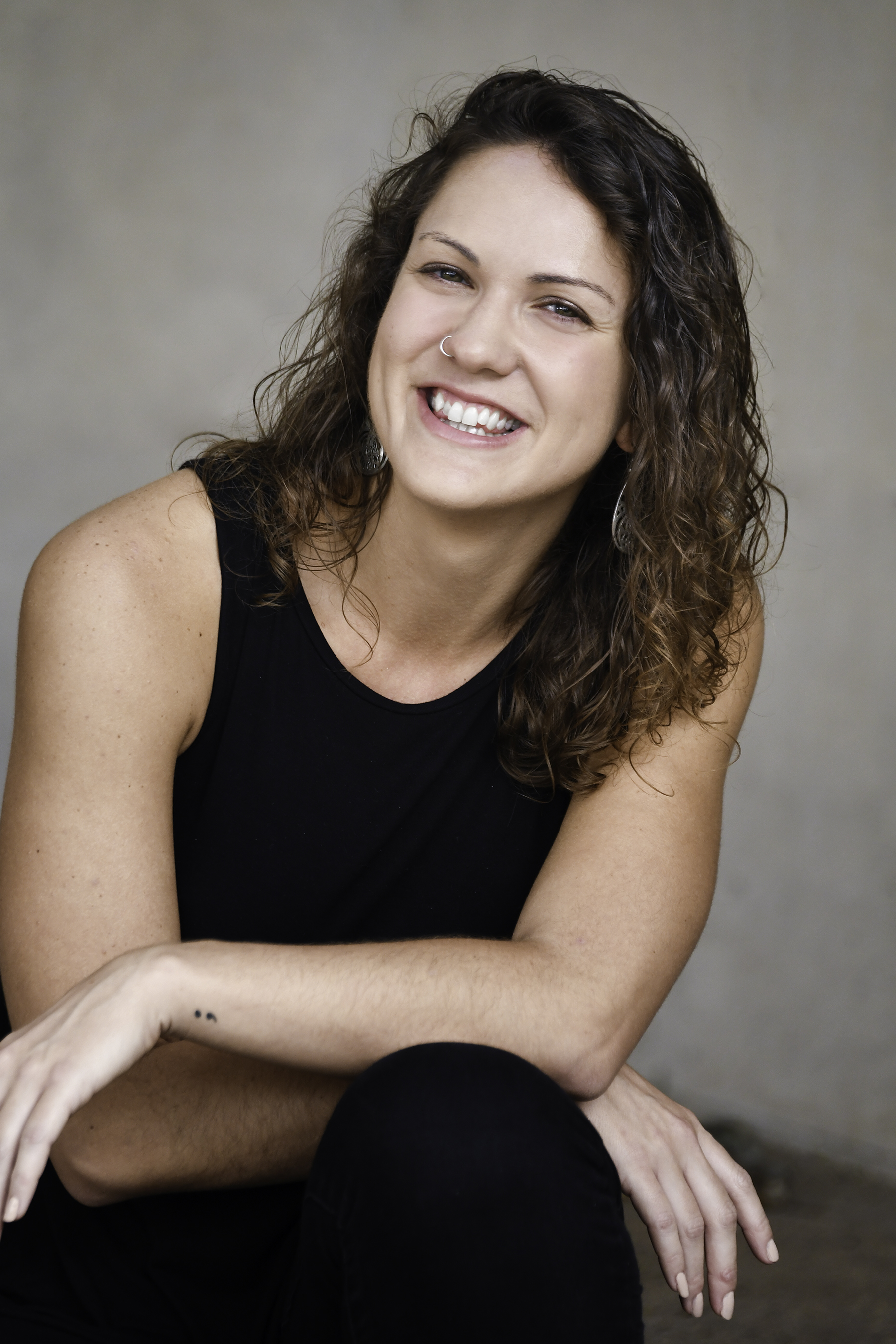Fear and Resilience: How to Build Courage in the Unknown
- Renee Reimer

- Oct 9
- 4 min read
I’m currently reading the book, My Grandmother’s Hands: Racialized Trauma and the Pathway to Mending Our Hearts and Bodies. One of the reoccurring themes in this book discuses clean pain vs. dirty pain. The author, Resmaa Menakem, distinguishes clean pain as pain that examines hurt that teaches us about ourselves or the world. Clean pain builds our capacity for growth but it is something many of us never learned how to do. We didn’t learn how to grow through the pain. We didn’t learn how to move forward mending the hurt that often times was in our DNA, our bones, or our experiences that we cannot out right name clearly. When we look at dirty pain, on the other hand, that kind of pain comes out in avoidance, blame, and denial. While it may seem easy enough to push this pain under the rug or onto others, we don’t heal from this kind of pain. Dirty pain gets passed through generation to generation, through our environment in ways that we can and cannot control, and onto people that we encounter. The way dirty pain can show up in our relationships often looks like the ways partners act toward one another in times of distress when we are overwhelmed or how a parent might interact with their child when the adult is overstimulated and dysregulated. We can then rationalize this behavior because it’s what we were taught or see on the daily. Clean pain encourages however, to move through this dysregulation and rationalization to grow not only for ourselves but also with the people around us so we don’t keep repeating hurtful patterns.
When I thought about fear and resilience and building courage in the unknown, I turned to the learnings from Menakem’s book. Clean pain and dirty pain both cause discomfit. Healing can cause discomfort, but refusing to heal causes a more painful discomfort. Manakem state’s that “experiencing clean pain enables us to engage our integrity and tap into our body’s inherent resilience.”[1] Tapping into this resilience takes courage. It’s fearful to do the hard steps of moving through generational pain, pain we don’t fully understand, or pain that feels too much for us to navigate. We don’t know what is on the other side of that pain. We may be more familiar with the avoidance, blame, and denial that comes with dirty pain and therefore that feels safe to continue to embody. However, we can build our resilience and courage when we take steps to move through that clean pain as we metabolize what has been into what could be moving forward.
Much like Halloween invites us to step into the dark, the unfamiliar, or even the frightening (whether through haunted houses, costumes, or scary stories around a campfire) we are reminded of what it feels like to face the unknown. These moments, though playful or symbolic, mirror the process of engaging with the unknown in our own lives: our fears, our past pain, and the uncertainty of what lies ahead. Just as we might feel a thrill, hesitation, or even anxiety walking into a dimly lit room or navigating a shadowy path, facing the clean pain within ourselves can evoke similar sensations. By leaning into that discomfort, rather than turning away, we practice resilience. We learn to tolerate the unknown, build courage, and step forward even when we can’t see exactly what’s coming next. Halloween, in this sense, becomes a metaphorical rehearsal for the bravery required in life—the courage to move through fear and into growth.
One of the ways to move through this fear of the unknown while building resilience and courage in the process is to find ways to settle our nervous system. When our bodies feel overstimulated, overwhelmed, fearful, or the pain is all-consuming, take a few moments to settle the nervous system. Here are a few ideas to try at home, in your car, or at your desk:
· Slow rocking – Rocking has longtime been used to sooth small children in their distress and can also be used to sooth older children and adults in times of stress. Find a comfortable standing or seated position. Take a few slow deep breaths. Slowly move your body back and forth and side to side. Find what feels best for your body.
· Deep breathing – In times of stress our breath becomes shallow and fast paced. Take a moment to recenter your breath. Place a hand on your belly as you breath in and out. Be sure to notice your hand and belly moving and not your shoulders. Notice as the air fills your nose, throat, lungs, and belly. Follow this movement for several minutes.
· Humming – Humming provides a way for our bodies to expel energy while rhythmically helping us to recenter ourselves. Find a comfortable position and take a few deep breaths. Then begin to hum. Pick any note or pitch that feels right. Maybe try a familiar hymn, lullaby, or song you are drawn to if a single note doesn’t feel right. Notice the vibrations in your chest and belly through this exercise.
Fear is a part of life, especially when we are not sure what will happen next. Resilience and courage can be a part of life too. As you move into the next chapter and next season we are all entering right now, find ways to recenter your nervous system so that you can make space for your courage to foster growth in the newness of what is to come.
Menakem, R. (2017). My Grandmother’s Hands: Racialized Trauma and the Pathway to Mending Our Hearts and Bodies. Central Recovery Press.
[1] Menakem, 2017, p. 20




Comments